Draw a rectangle that has side lengths of 12 cm and 20 cm. What is the perimeter of the rectangle you drew?
What is 64 cm.
How many students were surveyed below?
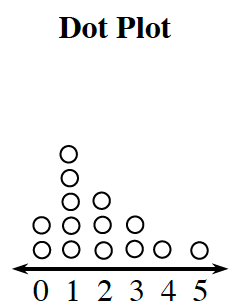
What is 14.
Find the product using a generic rectangle.
8 * 24
What is 192.
Write the prime factorization of 12.
What is 2*2*3
What is 4.369.
What is the area of the rectangle below?
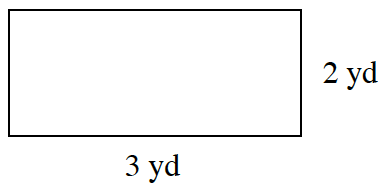
What is 6 yd2
What type of graph should we display the data on:
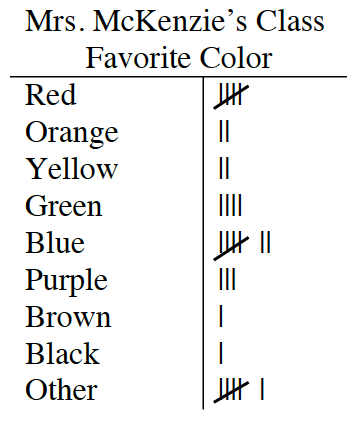
Find the product using a generic rectangle:
16 * 21
What is 336.
Write the prime factorization of 205.
What is 5*41
Subtract 4.368 and 2.43
What is 1.938
What is the perimeter of the shape below. Use centimeters as your units.

What is 22 centimeters
How many students were in the class below:
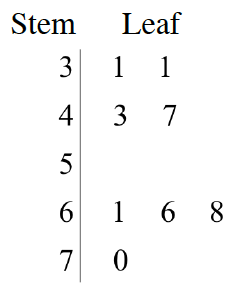
What is 8.
Fill in the missing numbers and find the product
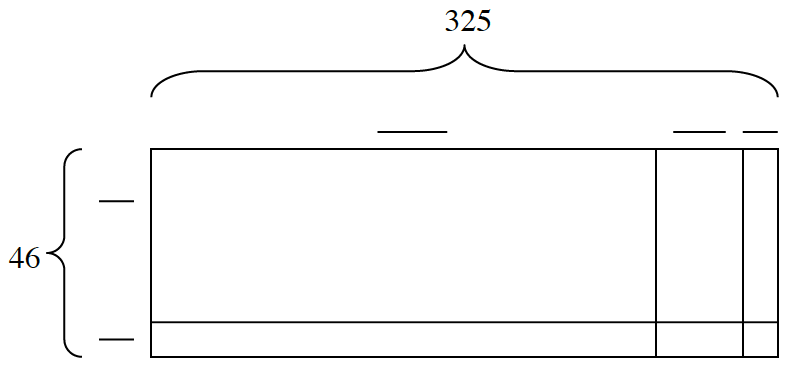
What is 14,950
Write the prime factorization of 300.
What is 2*2*3*5*5
Add 6.5 and 0.034
What is 6.534
What is the area of the total rectangle? Use square units.
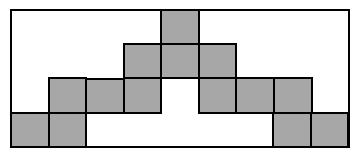
What is 36 square units.
Add the number 43 to the stem and leaf plot below.

What is next to the stem of 4 and to the right or left of the current number 3 in the leaf side.
Fill in the generic rectangle and find the final product.
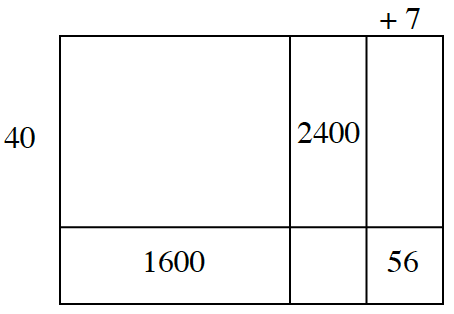
What is 12, 816
Write the prime factorization of 208.
What is 2*2*2*2*13
Subtract 12.856 and 4.423
What is 8.433
What is the area of the figure below. Use centimeters squared as your unit.
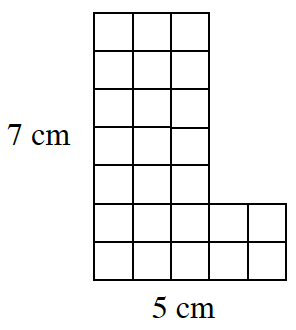
What is 25 cm2
How many students were surveyed?
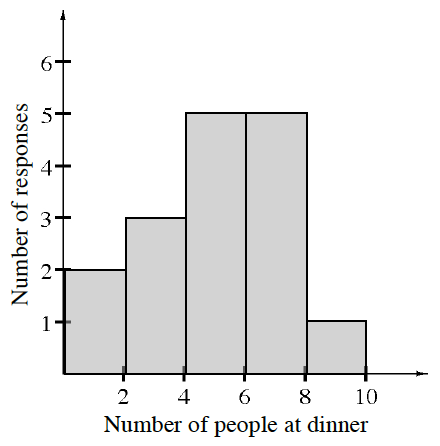
What is 16.
Rewrite the following using the distributive property. Try to do it without making a generic rectangle first.
101(34 + 56)
What is 101(34) + 101(56).
Write the prime factorization of 318.
What is 2*3*53
Subtract 123 and 0.456
What is 122.544